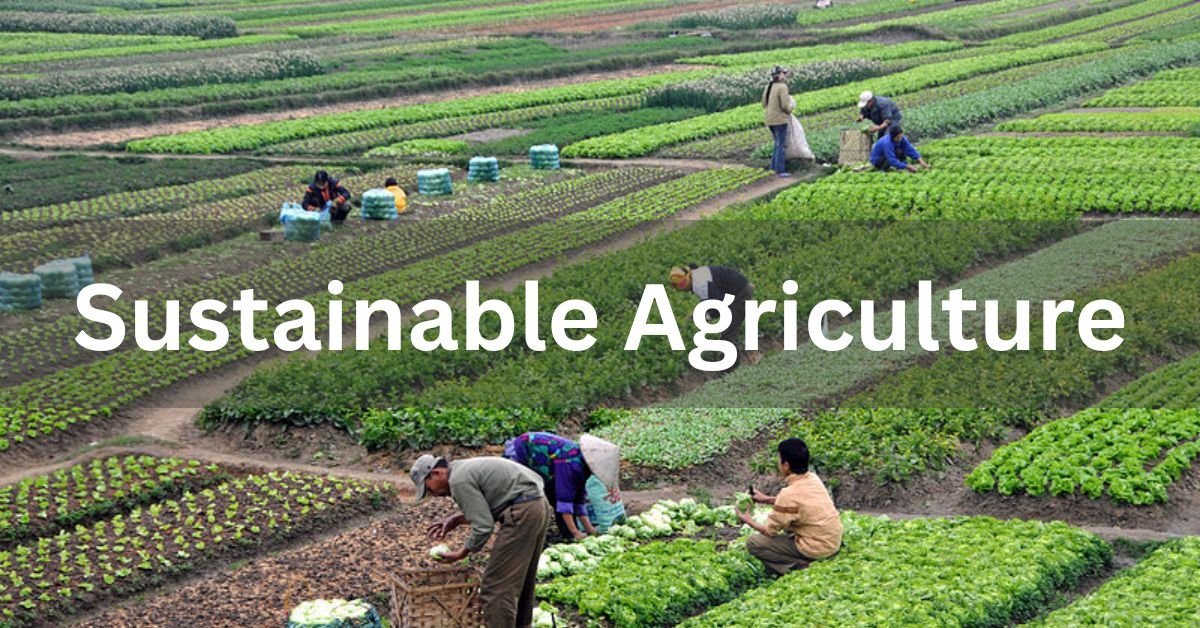Context:
India’s eastern and western coasts are witnessing sea level rise at rates higher than the global average, according to the World Meteorological Organization’s (WMO) State of the Climate in Asia 2024 report. The alarming trends point to escalating climate risks for infrastructure, livelihoods, and ecosystems across the region.
Key Climate Trends in India
Accelerated Sea Level Rise
- Arabian Sea: Rising at 3.9 ± 0.4 mm/year
- Bay of Bengal: Rising at 4.0 ± 0.4 mm/year
- Global average: 3.4 mm/year
These figures place India’s coasts at heightened risk of flooding, erosion, and infrastructure loss.
Coastal and Urban Impact
- Low-lying regions within 50 km of the coast are increasingly susceptible to submergence and displacement.
- Critical infrastructure like ports, housing, and transport hubs face growing vulnerability.
Himalayan Glacial Retreat
- 23 of 24 glaciers in the Central Himalayas are shrinking.
- Rising risk of Glacial Lake Outburst Floods (GLOFs) threatens downstream populations and infrastructure.
Heatwaves and Lightning
- Over 450 heat-related deaths reported in 2024 across multiple Indian states.
- Lightning strikes claimed 1,300 lives, including a single event killing 72 people across five states on July 10.
Broader Climate Patterns in Asia
Rapid Regional Warming
- Asia’s warming rate is double the global average, intensifying the frequency of floods, droughts, and storms.
- 2024 was Asia’s second warmest year on record, with extreme heatwaves widespread across the continent.
Catastrophic Natural Events
- Kerala’s Wayanad landslide: Over 350 deaths after receiving 500 mm of rainfall in 48 hours.
- Melting glaciers in the Himalayas and Tian Shan ranges have increased GLOF incidents across South and Central Asia.
Scientific Drivers of Sea Level Rise
- Thermal Expansion: Warmer ocean temperatures cause seawater to expand.
- Melting Ice Sheets and Glaciers: Loss from Greenland, Antarctica, and other glaciers directly contributes to rising seas.
- Greenhouse Gas Emissions: Elevated CO₂ levels from fossil fuels accelerate warming and glacial melt.
- Ocean Circulation Changes: Shifts in regional currents affect how and where sea levels rise.
Consequences for India and Asia
India’s Climate Risks
- Coastal Erosion: Major threat to seaboards and coastal biodiversity.
- Livelihood Loss: Fishing, farming, and tourism-based incomes are at risk.
- Infrastructure Damage: Flooding threatens ports, power plants, and coastal cities.
- Climate Migration: Rising displacement pressures from coastal areas.
Regional Impacts in Asia
- Island Nations: Existential threat to low-lying countries like the Maldives.
- Urban Heat Islands: Cities face more frequent and severe heatwaves.
- Agricultural Stress: Warming disrupts monsoons and reduces crop yields.
- Public Health: Surge in heat-related illnesses and vector-borne diseases (e.g., dengue, malaria).
Recommended Measures and Strategic Response
1. Coastal Zone Management
- Build resilient infrastructure, restore mangroves, and strengthen natural coastal barriers.
2. Accelerated Emission Reductions
- Update and fulfill Nationally Determined Contributions (NDCs).
- Adopt net-zero pathways and scale up renewable energy deployment.
3. Early Warning and Climate Intelligence
- Invest in climate monitoring, risk mapping, and disaster forecasting systems.
4. Regional and Global Cooperation
- Deepen collaboration under UNFCCC, and build cross-border adaptation frameworks.

















